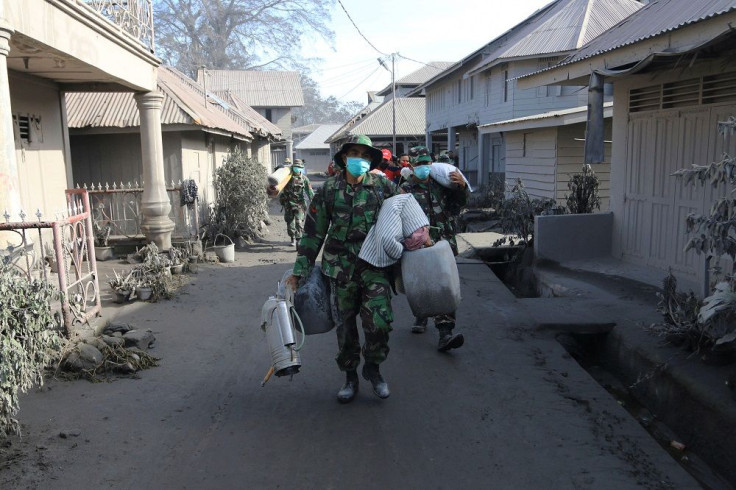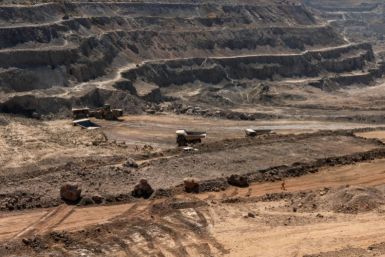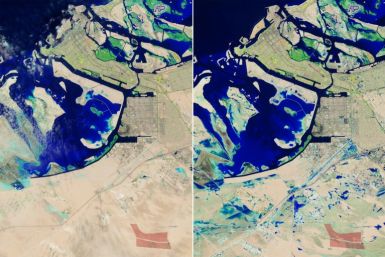Indonesia’s Mt Sinabung erupts again; kills 7 people

Almost a year after its eruption caused 10,000 Indonesians to flee their homes, Mt Sinabung exploded again on Saturday, May 21, killing seven people.
The volcano on Sumatra island first major eruption, after being dormant for about 400 years, was in 2010, but it was the 2014 eruption that killed 16 people. Since then, the Indonesian government had declared several area near Sinabung’s crater red zones, reports Reuters.
The red zone includes the village of Gamber where the seven dead victims come from. Two other villagers are in critical condition, says Sutopo Puro Nugroho, spokesman of the country’s National Disaster Mitigation Agency.
The spewing of hot ashes continued until Sunday. Nugroho adds the government does not know yet how many people were in Gamber when the eruption occurred because being a red zone, there was supposed to be no activity in the area.
The continuous spewing of ashes by the 2,460-metre volcano, located 1,900 kilometres northwest of Jakarta, makes it dangerous to conduct search-and-rescue operations. The volcanic ash spewed was as high as two miles into the sky, while the ash that flowed down the slopes are as far as three miles westward into a river, reports The Wall Street Journal.
The seven dead people were working on their farms in Gamber. Besides people, the eruption also killed farm animals which video footage shows were covered in dust.
Mt Sinabung is one of 120 active volcanoes in Indonesia which is within the Pacific “Ring of Fire.”






